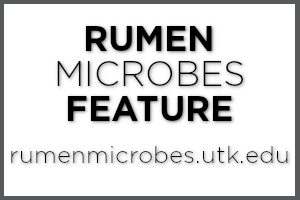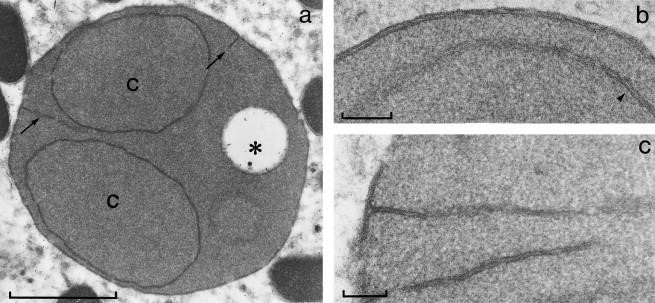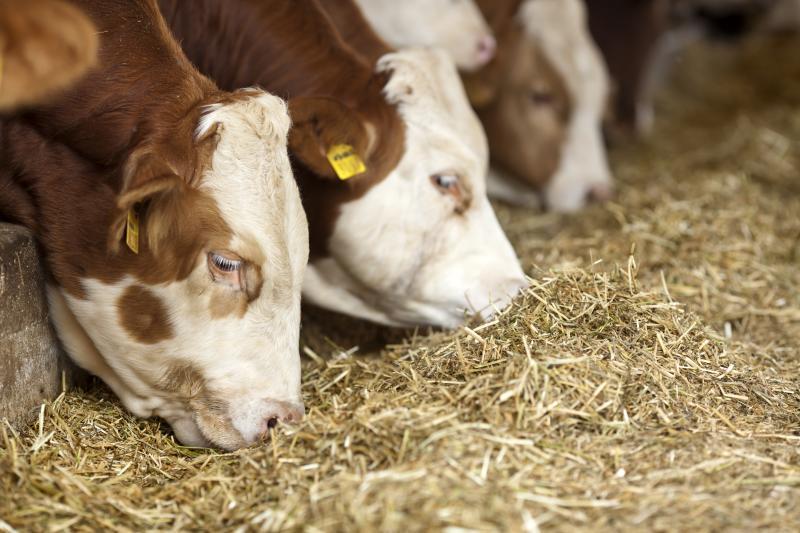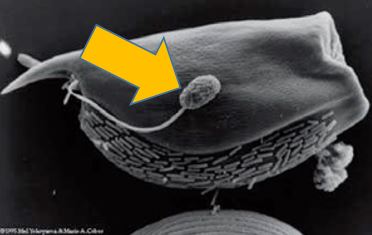
This highlighted microbe features our first anaerobic genus of fungi, Neocallimastix frontalis. Anaerobic fungi isolated from the rumen are well known for their ability to degrade fiber.
Click the image hotspots to learn more about this featured microbe.
This interactive image was created by Brooke Clemmons

Learn more

Neocallimastix frontalis is a unique fungal species that is native to the rumen and other organisms consuming woody plants, such as termites. Image courtesy of UK Fungus Day.
Learn more

These fungi participate in very important symbiotic relationships with all other microbes of the rumen, including archaea, bacteria, and protozoa. Some microbes, such as protozoa and bacteria, can act as food or competitors, while others, such as archaea, can participate in mutualistic relationships with N. frontalis. Image modified from Mel Yokoyama & Mario A. Cobos, 1995; USDA Publication.
Learn more

N. frontalis “attacks” plants with a complex called a cellulosome. Neocallimastix species have cellulosomes that can break through thick plant cell walls more effectively than bacteria or protozoa. Image courtesy of ellisia/stock.adobe.com; doi: 10.2527/af.2016-0030.
Learn more

These fungi participate in very important symbiotic relationships with all other microbes of the rumen, including archaea, bacteria, and protozoa. Some microbes, such as protozoa and bacteria, can act as food or competitors, while others, such as archaea, can participate in mutualistic relationships with N. frontalis. Image modified from Mel Yokoyama & Mario A. Cobos, 1995; USDA Publication.
Follow this link to view all of the interactive presentations for the Rumen Microbes series.